Substantial Improvement In Quality Output Can Be Achieved Through TQM Method of Condition Based Maintenance
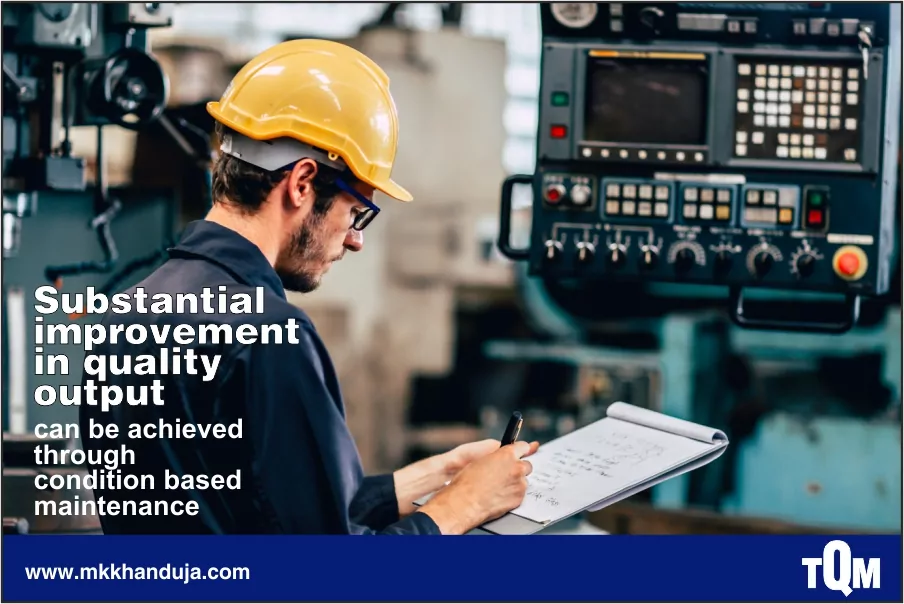
Machines are found to have an increased frequency of failures as they age. It can be understood through the bath-tub curve. To prevent machine from unplanned breakdowns, the maintenance practices have been adapted over the years. From a reactive take on maintenance initiatives in earlier times, the maintenance approach has evolved. This was followed by preventive or periodic maintenance— wherein, maintenance activities are performed proactively on regular intervals according to a fixed schedule. In between, another TPM concept of autonomous maintenance also known as Jishu Hozen had also emerged according to which the machines are cleaned, lubricated and all other minor issues are fixed by the machine operators. This practice helps obtain better machine performance and increase the useful life of the machine.
Regularly performing preventive maintenance could be considered an effective step in machine maintenance but Condition Based Maintenance takes maintenance management to the next level. According to CBM, the maintenance activities are performed as and when the actual condition of the equipment reflects the need for maintenance. This could be done even in between the periodic maintenance schedule if required. To monitor the machine performance or impending machine failure, specialised techniques are used such as performance monitoring, temperature monitoring, vibration monitoring, leakage monitoring etc.
The main objective of CBM is to monitor equipment condition and prepare maintenance schedules depending on current machine performance or an indication of upcoming failure in the machine. A well maintained machine definitely yield a better quality output. Therefore, in a way, the importance of CBM against preventive maintenance can be equally appreciated. The benefits of CBM can further add value with minimized unplanned downtime, lower MTTR, efficient spare parts management, improved safety of workers etc.

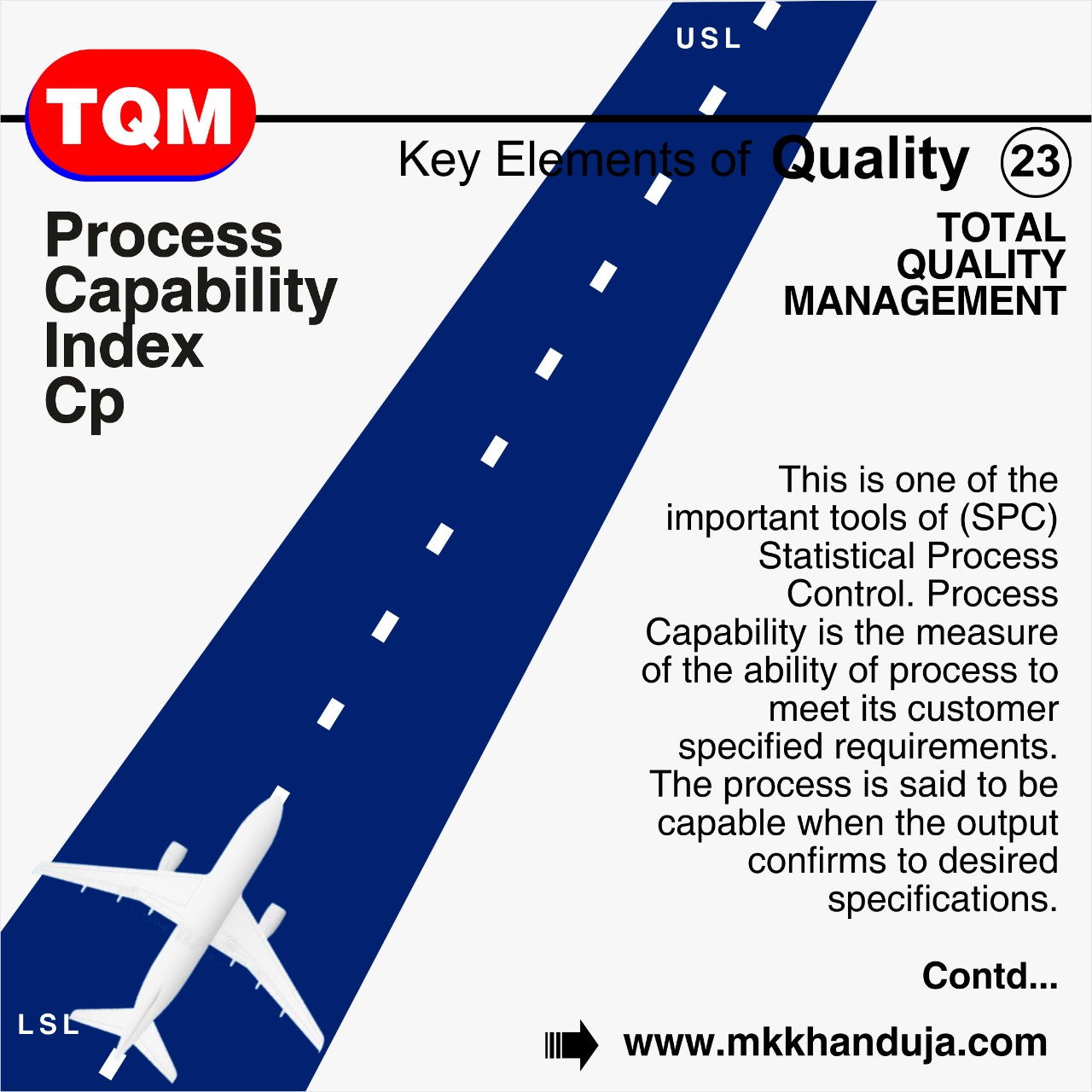
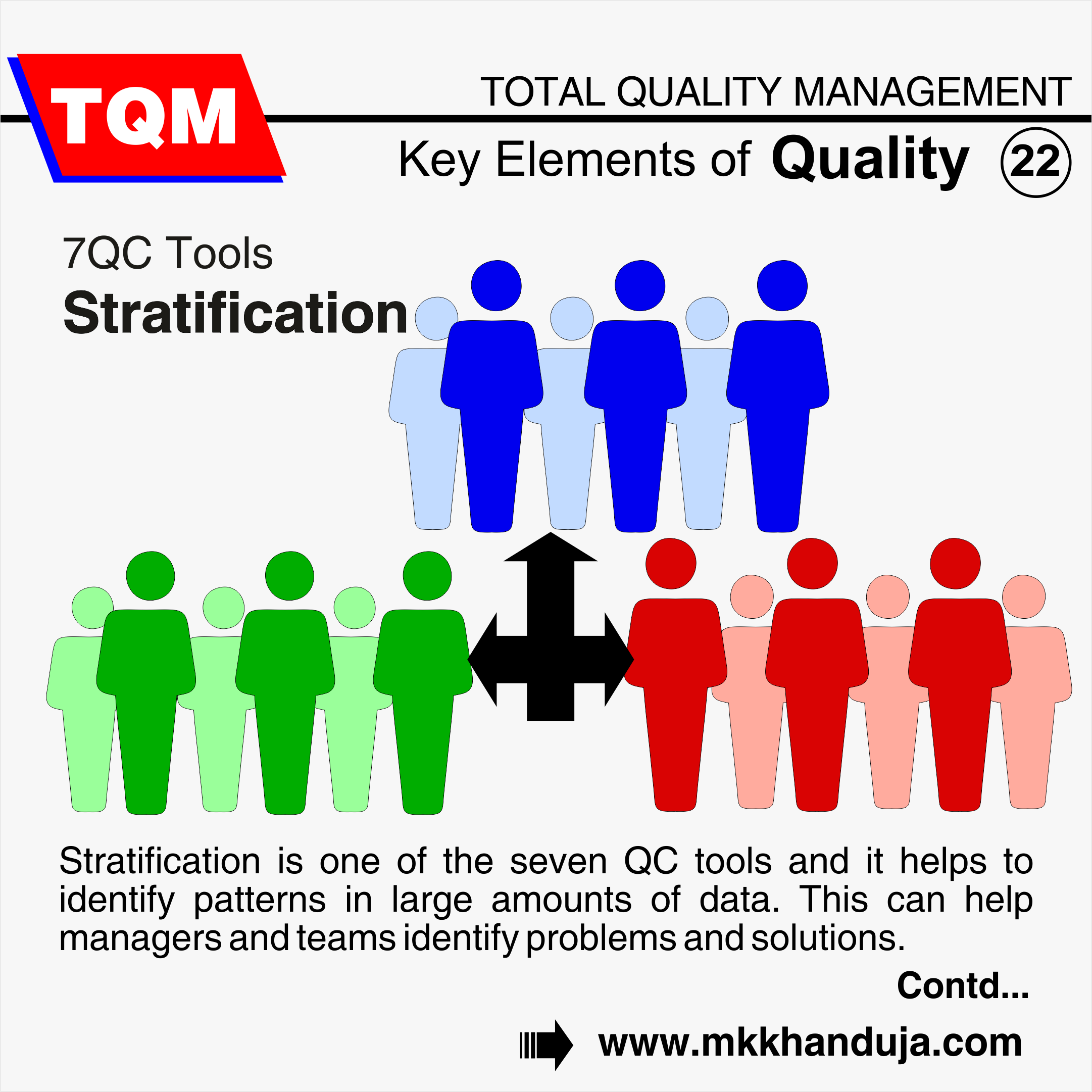
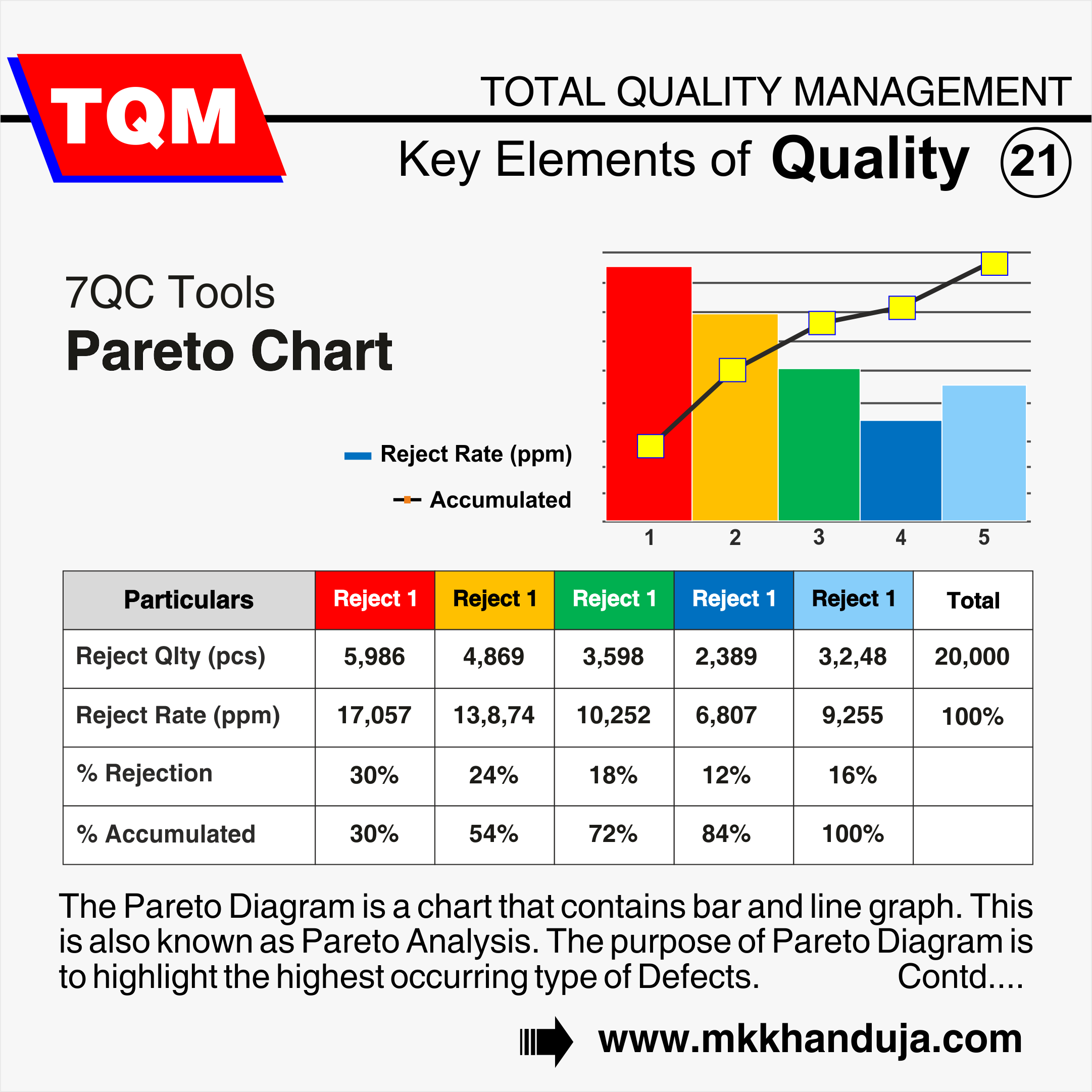
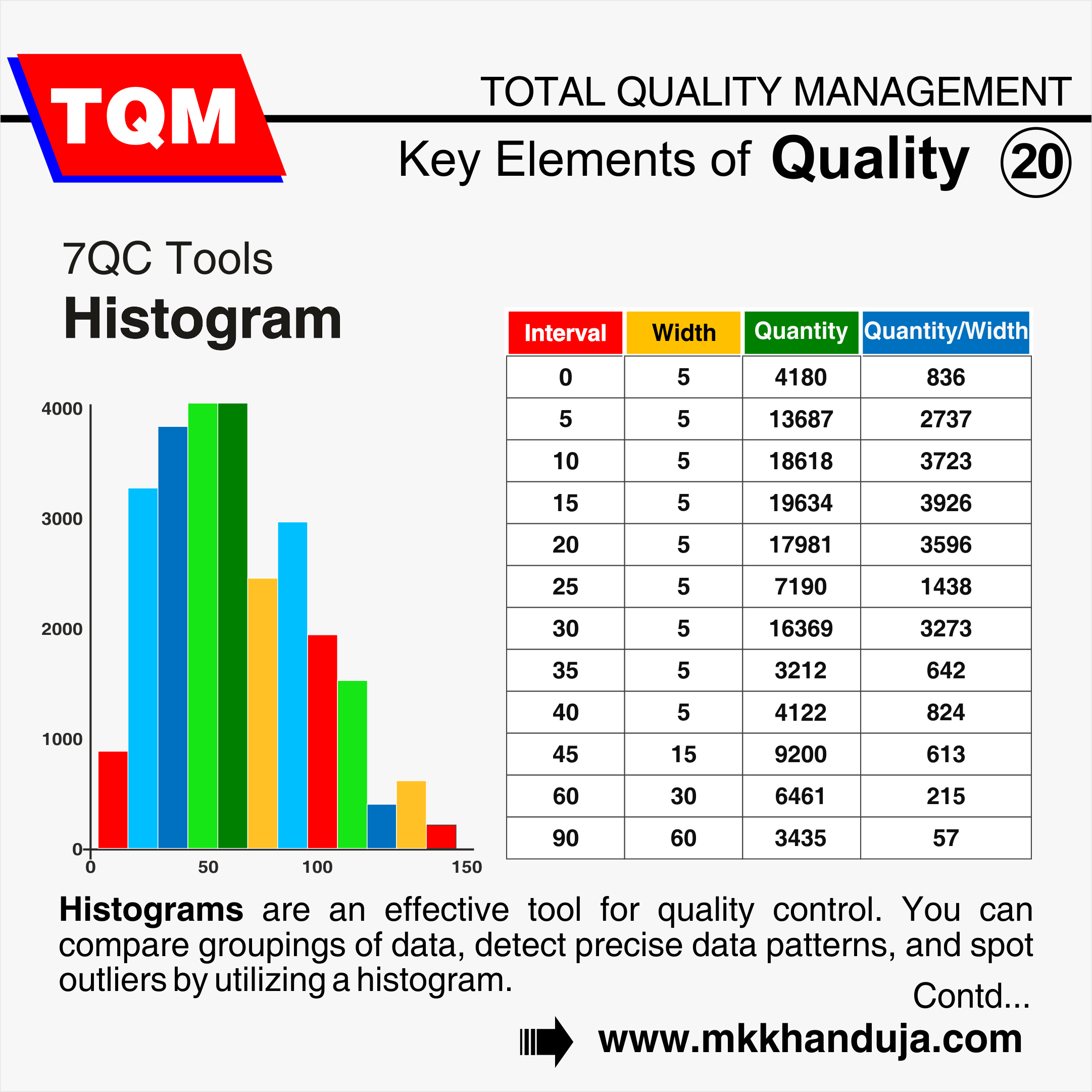
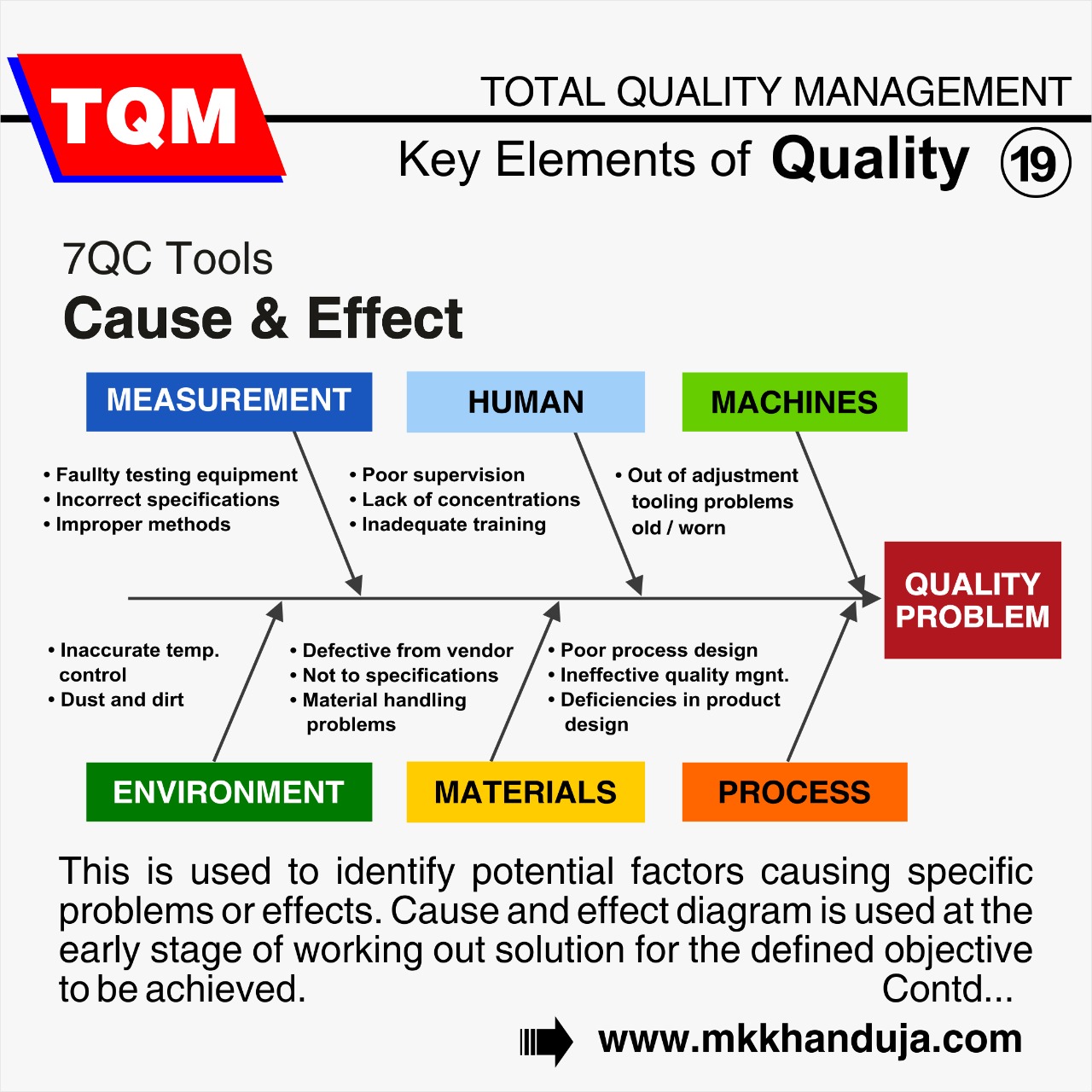
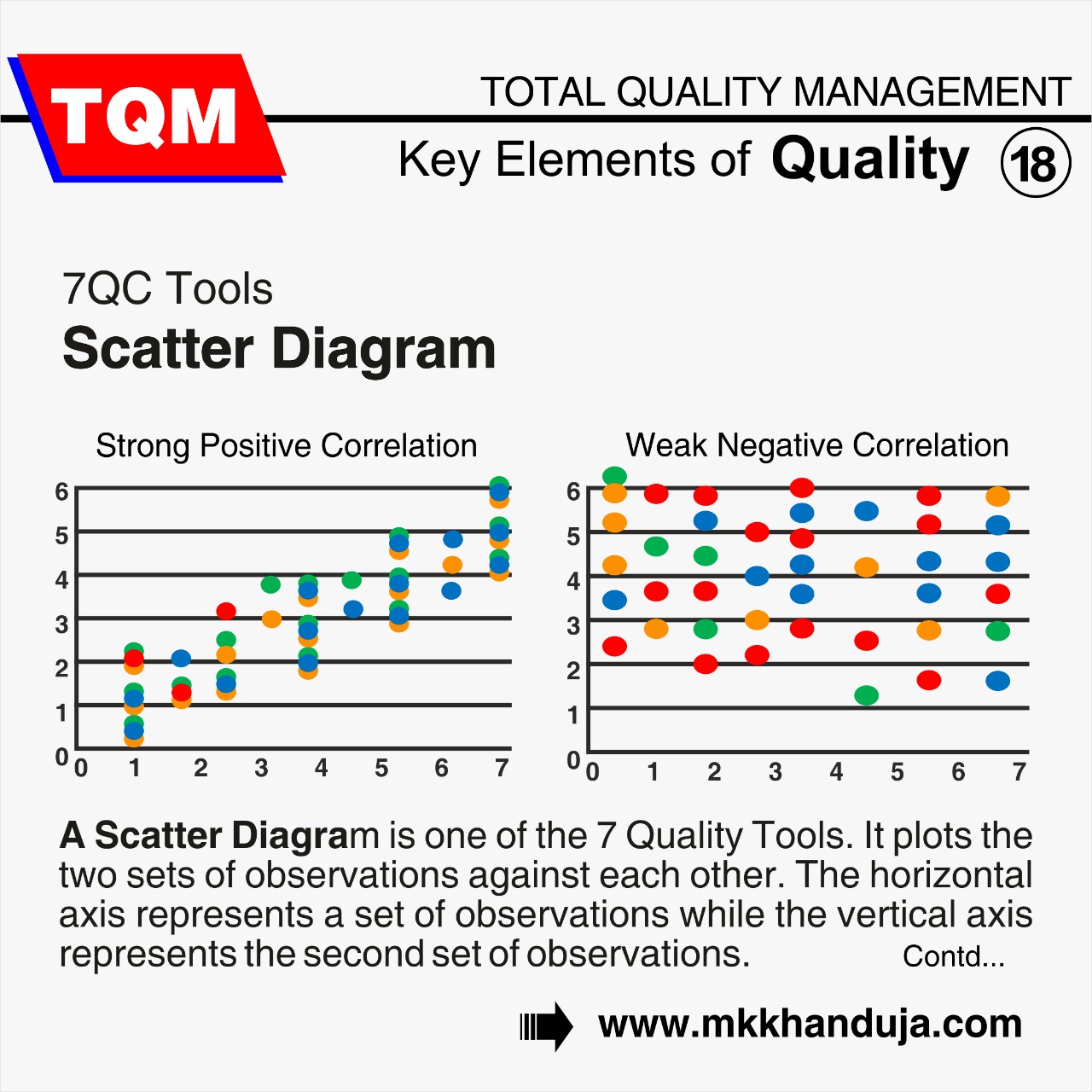
Comments